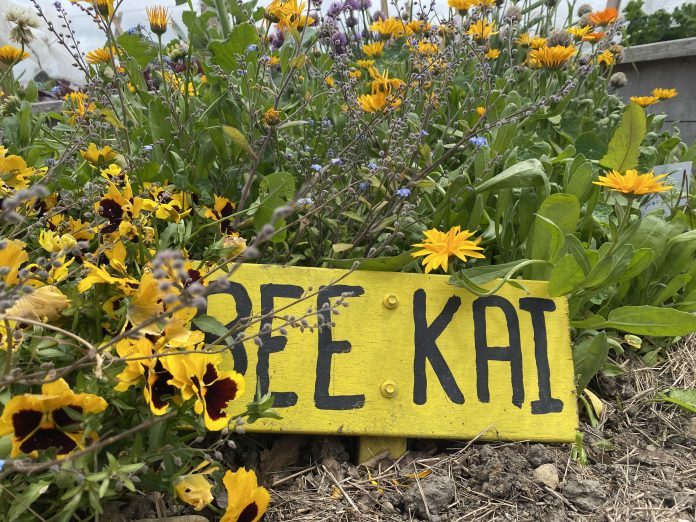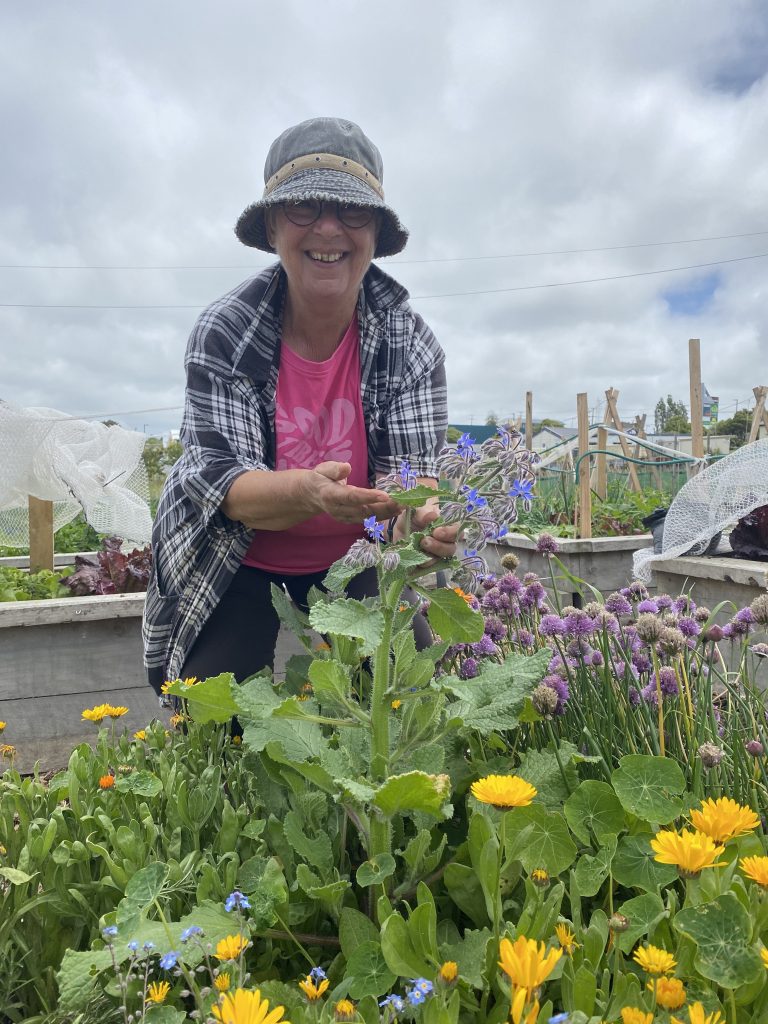
A weed is simply a plant in the wrong place, but for Joy Sylvia it is a misplaced vegetable.
The head gardener at Te Aitarakihi Whānau Māra Kai (community garden) enjoys more than just cooking the vegetables she carefully tends.
She also enjoys cooking the weeds.
Whaea Sylvia said she had been cooking with weeds since her sons were preschoolers.
They would stare questioningly at everything she cooked, searching for ‘‘green bits’’.
Now in their 50s, they had a tendency to want to go out for dinner when they visited her.
She felt while they had become sick of eating weeds, they had both come to a ‘‘healthy respect’’ for foraging knowledge.
They both enjoyed cooking now — although only since their 30s and 40s.
When they were younger ‘‘Mum was seen as a bit quirky’’, she said.
She still enjoyed eating everything her garden provided.

One of her favourite treats was a Vegemite sandwich, to which she would add freshly washed nasturtium leaves.
As for the nasturtium flowers, they were used to garnish her meals.
She sauteed weeds such as fat hen, chickweed and pūhā (also known as milkweed thistle) gently in butter.
Calendula (also known as pot marigolds) petals were commonly used to turn a bowl of rice a golden yellow colour without changing its flavour, but she used the leaves in salad and the petals as garnish.
She encouraged people not to eat anything until they had it identified.
They could pop down to the marae’s community garden on Wednesdays to the provided shared lunch of vegetable soup and fresh bread with the weeds they found to get them identified.
They could also share knowledge with other avid foragers such as Waka Kernohan, who not only harvested seaweed, but enjoyed weeds from the land too — such as stinging nettle.
‘‘I just fold it up — I don’t get stung,’’ he said.
He also enjoyed plantain herb grass, which was found in pastures, and dandelion and its roots, which he would wash and eat raw.
If you started eating weeds your body would thank you for it.
‘‘You’ll live to 100.’’




